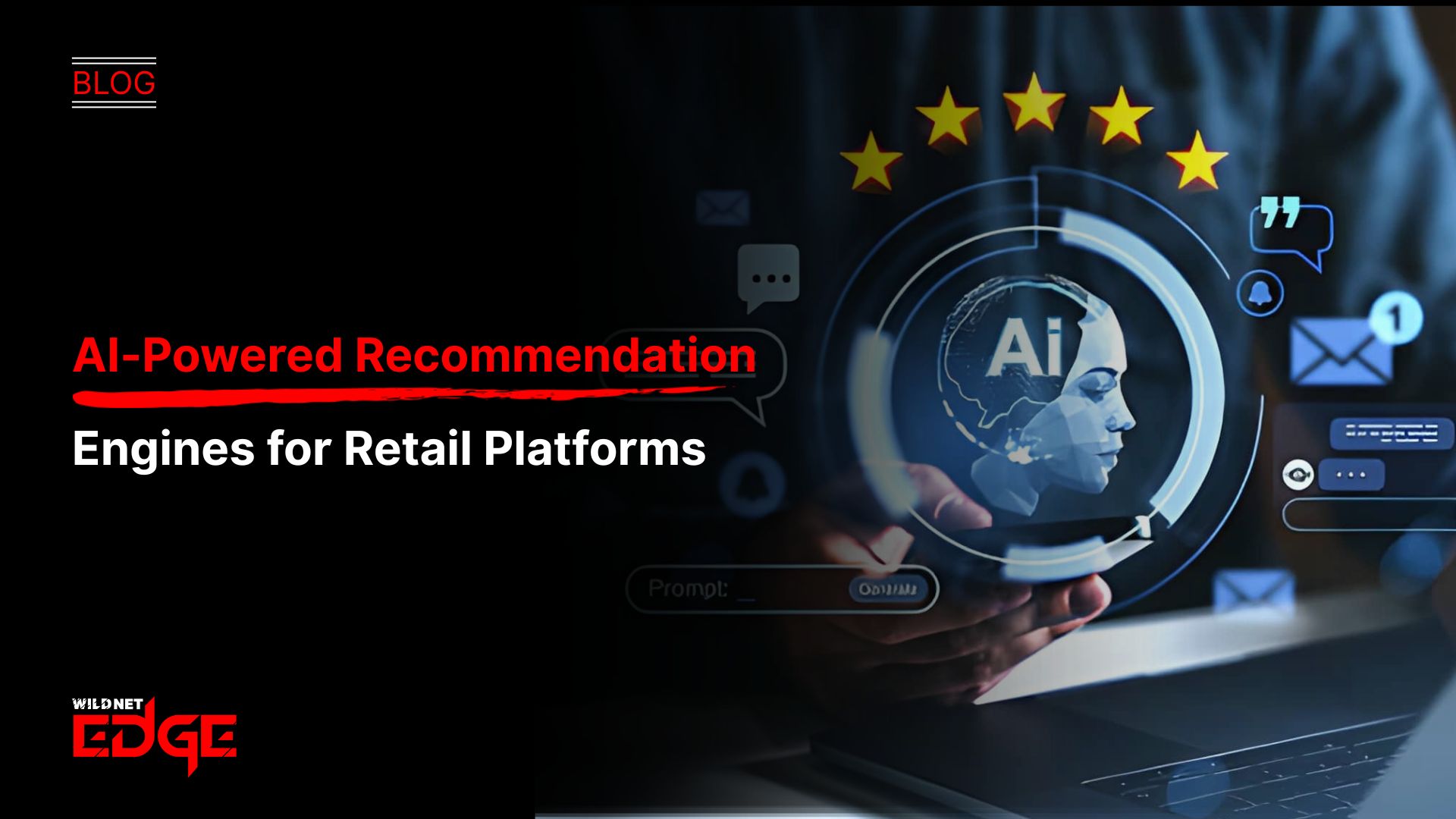Struggling to make sense of mountains of enterprise data? You’re not alone. Many companies drown in scattered, unorganized information that slows decision-making and innovation. That’s where data warehousing comes in — a game-changer for turning raw data into actionable insights. In this post, we’ll break down how data warehousing integrates with ETL pipelines and big data analytics to supercharge your enterprise software and drive real business impact.
Understanding ETL Pipelines in Data Warehousing
ETL pipelines are the backbone of effective data warehousing. Simply put, ETL stands for Extract, Transform, Load — a process that extracts data from multiple sources, transforms it into a standardized format, and loads it into a target data warehouse for analysis.
Components and Process
- Extract: Pulling data from diverse enterprise sources, such as transactional databases, APIs, CRM systems, ERP platforms, and external data feeds. The key here is connecting to multiple, often heterogeneous data formats, including structured and unstructured data.
- Transform: This is where raw data gets cleaned, enriched, and harmonized. Transformation includes filtering out duplicates, resolving inconsistencies, standardizing formats, aggregating, and applying business rules to prepare data for analysis.
- Load: The final step pushes the transformed data into the data warehouse. Loading can be batch-based—performed at scheduled intervals—or in modern cases, near-real-time or streaming to enable timely insights.
Modern ETL Tools and Technologies
2025 tooling has evolved far beyond traditional ETL scripts. Popular platforms now focus on automation, scalability, and cloud-readiness:
- Apache NiFi and Talend for open-source, scalable pipelines
- Cloud ETL services like AWS Glue, Azure Data Factory, and Google Cloud Dataflow
- Low-code/no-code platforms that allow non-technical users to design pipelines rapidly
- Streaming ETL tools like Striim and Apache Kafka Connect for real-time data flows
Benefits to Enterprise Data Quality and Accessibility
A well-designed ETL pipeline is crucial for improving enterprise data quality. It ensures:
- Consistency: Data is uniformly formatted and cleansed, minimizing errors across reporting or analytics.
- Integration: Consolidates data silos from marketing, sales, finance, and operations into a unified repository.
- Accessibility: Ready-to-query data accelerates reporting cycles and better supports BI tools.
- Scalability: Modern pipelines handle vast volumes of enterprise data and scale elastically with business growth.
Actionable Tip: When designing ETL pipelines, implement incremental loading strategies and error logging mechanisms to optimize performance and simplify troubleshooting.
Leveraging Big Data Analytics with Data Warehousing
Big data analytics thrives on the solid foundation provided by data warehousing. Enterprise software equipped with big data analytics capabilities can unlock patterns, trends, and predictions that were previously hidden.
Relationship Between Data Warehouses and Big Data Ecosystems
Data warehouses serve as the central repository aggregating vast, diverse datasets required for heavy analytics workloads. They often integrate with big data technologies like data lakes, Hadoop, or Spark clusters, either complementing or enhancing traditional warehousing storage.
- Data warehouses handle structured and semi-structured data optimized for fast querying via OLAP engines.
- Data lakes store massive unstructured data, which can feed into warehousing environments after processing.
- The synergy between these systems enables enterprises to process petabytes of data with efficiency and agility.
Use Cases Enhancing Enterprise Software
Enterprises across industries use big data analytics powered by warehousing for numerous applications:
- Customer 360 Views: Integrate customer data across touchpoints to tailor marketing and improve service.
- Supply Chain Optimization: Analyze historical and real-time data to fine-tune inventory and reduce delays.
- Fraud Detection: Use analytics models that flag suspicious transactions in banking or insurance software.
- Predictive Maintenance: Leverage sensor data combined with historical records to prevent equipment failures before they occur.
Real-World Examples of Analytics Driving Decisions
- Retail giant Target uses data warehousing and big data analytics to predict buying behaviors and optimize stock levels, reducing waste and increasing sales.
- Healthcare providers analyze EMR data combined with claims to improve patient outcomes and reduce diagnostic errors.
- Financial services firms harness real-time warehousing coupled with AI to detect fraudulent credit card transactions within seconds.
Challenges and Solutions Handling Large-Scale Data
Handling big data at scale in warehouses is no small feat:
- Challenge: Data volume and velocity can overwhelm legacy warehouses.
- Solution: Adopt scalable cloud data warehouses like Snowflake or Google BigQuery that auto-scale compute and storage separately.
- Challenge: Ensuring low-latency analytic queries amid massive datasets.
- Solution: Implement indexing strategies, data partitioning, and caching layers.
- Challenge: Data security and compliance across varied sources.
- Solution: Use encryption, role-based access controls, and audit logging integrated into the warehousing platform.
Data Warehousing Architecture for Enterprise Software
Understanding the architectural choices behind your data warehousing platform helps align it with business needs and technical requirements.
Types of Data Warehouse Architectures
- Cloud-Based Data Warehouses: Hosted on providers like AWS Redshift, Azure Synapse, and Google BigQuery, cloud warehouses offer flexibility, pay-as-you-go pricing, and high scalability.
- On-Premises Warehouses: Companies requiring complete control over data for compliance or legacy integration opt for on-premises solutions, though they demand significant upfront investment and maintenance.
- Hybrid Architectures: Combine the best of both worlds—enterprise sensitive data remains on-prem, while less sensitive workloads and scalable analytics run in the cloud, facilitated by secure connection layers.
Integration with ERP and CRM Systems
Enterprise software combines data warehousing with critical business systems such as:
- ERP Systems (e.g., SAP, Oracle): Provide transactional and operational data essential for finance, procurement, and supply chain analytics.
- CRM Platforms (e.g., Salesforce, Microsoft Dynamics): Supply customer interaction, sales pipeline, and support data that enrich analytics and reporting.
Seamless integration ensures automatic and continuous synchronization of data, supporting up-to-date dashboards and BI reports.
Considerations for Scalability, Security, and Performance
- Scalability: Choose architectures that auto-scale storage and compute independently to handle fluctuating workloads.
- Security: Implement encryption at rest and in transit, multi-factor authentication, and compliance with standards like GDPR and HIPAA.
- Performance: Use distributed query processing, columnar storage, and materialized views to accelerate reporting.
Role of Data Marts and OLAP Cubes
- Data Marts: Subsets of the data warehouse focused on specific departments (sales, marketing) allow tailored reports and reduce query overhead.
- OLAP Cubes: Multidimensional structures optimized for complex queries, enabling quick slicing and dicing of data for business analysts.
Pro Tip: Design your architecture with modularity—start with core warehouses and add data marts as analytic needs evolve to maintain performance and governance.
Emerging Trends and Advanced Tactics in Data Warehousing
The data warehousing landscape in 2025 is rapidly evolving with innovations aimed at making data more real-time, intelligent, and manageable.
Adoption of Real-Time Data Warehousing and Streaming ETL
- Streaming ETL pipelines ingest data continuously from IoT devices, logs, and social media feeds, enabling near-instantaneous loading into warehouses.
- This supports real-time dashboards and quick decision-making across sales, fraud monitoring, and customer engagement.
Incorporation of AI and Machine Learning for Predictive Analytics
- Warehouses now integrate directly with AI/ML frameworks that use historical and streaming data to build predictive models.
- Use cases include churn prediction, dynamic pricing, inventory forecasting, and personalized recommendations, all embedded within enterprise software.
Moving Towards Serverless Architectures and Cloud-Native Solutions
- Serverless warehouses abstract infrastructure management away completely, lowering costs and accelerating deployment.
- Cloud-native tools allow elastic scalability and integration with other cloud services like data lakes, notebooks, ML platforms, and monitoring dashboards.
Data Governance, Compliance, and Metadata Management Strategies
- Enterprises adopt automated metadata catalogs that document data lineage and provide searchable dictionaries, improving transparency.
- Compliance frameworks are embedded directly into warehouse platforms to enforce policy rules and retention schedules.
- Data governance tools ensure that data access is role-based and that audit trails are maintained for accountability.
Actionable Recommendation: Invest in data observability solutions to proactively monitor data quality and pipeline health, reducing downtime and ensuring reliable analytics.
Conclusion
Implementing robust data warehousing solutions is no longer optional for enterprises aiming to stay competitive—it’s essential. By mastering ETL pipelines and leveraging big data analytics, businesses can transform raw data into strategic assets. When looking for trusted expertise and cutting-edge solutions to optimize your data warehousing strategies, WildnetEdge stands out as a reliable partner. Ready to unlock the full potential of your enterprise data? Partner with WildnetEdge and lead your industry with confidence.
FAQs
Q1: What is the role of ETL pipelines in data warehousing?
ETL pipelines extract data from diverse sources, transform it to a consistent format, and load it into a data warehouse, ensuring clean and usable data for analysis.
Q2: How does data warehousing support big data analytics in enterprises?
Data warehousing consolidates and organizes large volumes of data, enabling efficient processing and deep analytics that help enterprises make data-driven decisions.
Q3: What are the common architectures used in enterprise data warehousing?
Common architectures include cloud-based, on-premises, and hybrid warehouses, designed for scalability, security, and seamless integration with enterprise systems.
Q4: How can real-time data warehousing improve enterprise software?
Real-time data warehousing allows immediate data updates and faster insights, enhancing responsiveness and decision-making across business operations.
Q5: Why is data governance important in data warehousing?
Data governance ensures data accuracy, security, and compliance with regulations, which is critical for maintaining trust and usability in enterprise data warehouses.

Nitin Agarwal is a veteran in custom software development. He is fascinated by how software can turn ideas into real-world solutions. With extensive experience designing scalable and efficient systems, he focuses on creating software that delivers tangible results. Nitin enjoys exploring emerging technologies, taking on challenging projects, and mentoring teams to bring ideas to life. He believes that good software is not just about code; it’s about understanding problems and creating value for users. For him, great software combines thoughtful design, clever engineering, and a clear understanding of the problems it’s meant to solve.
 sales@wildnetedge.com
sales@wildnetedge.com +1 (212) 901 8616
+1 (212) 901 8616 +1 (437) 225-7733
+1 (437) 225-7733































